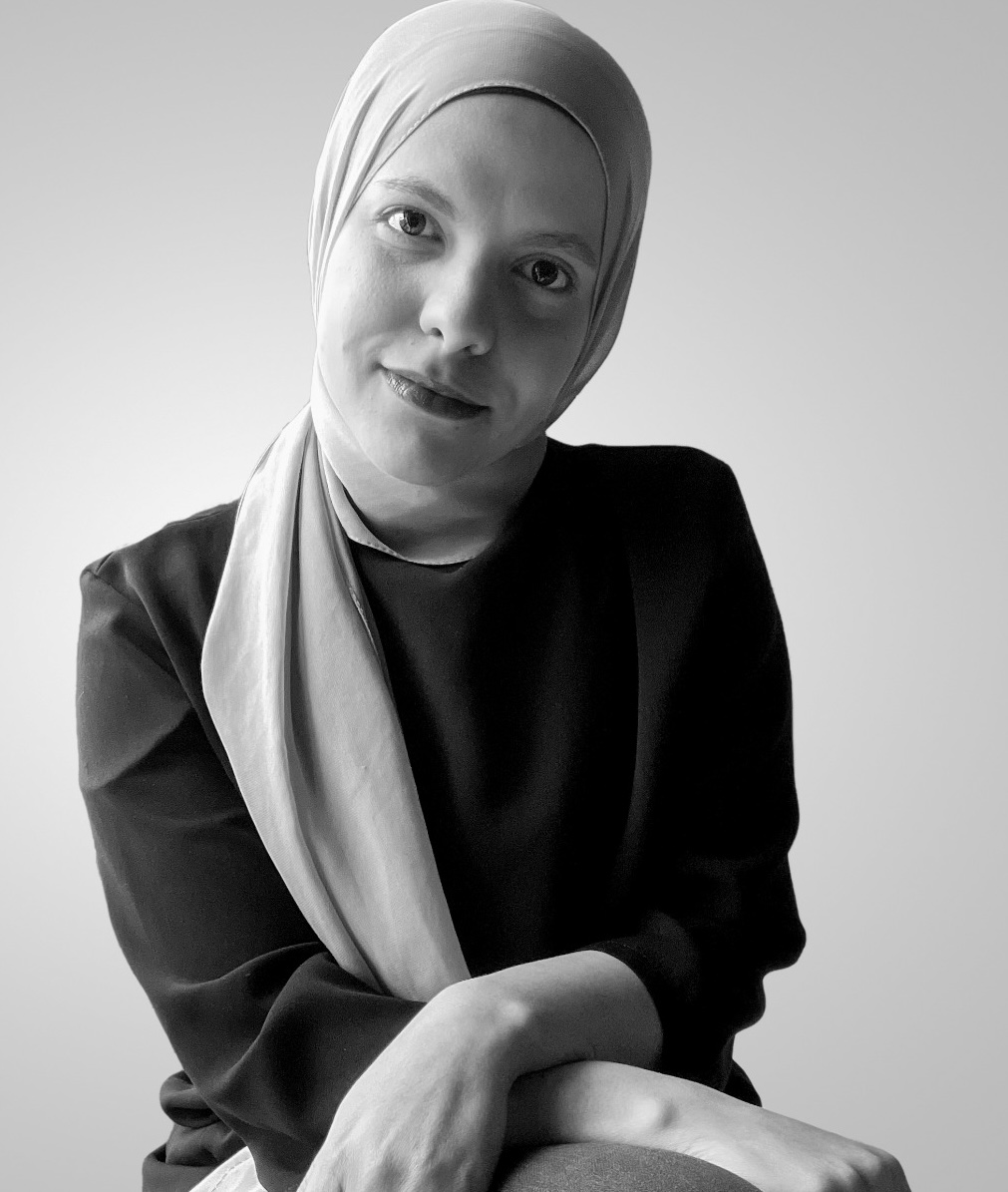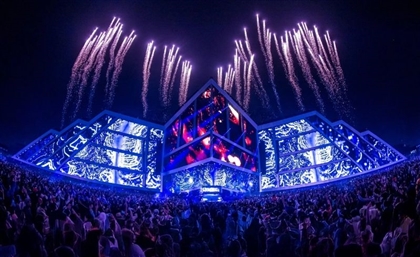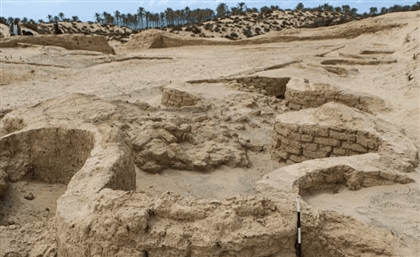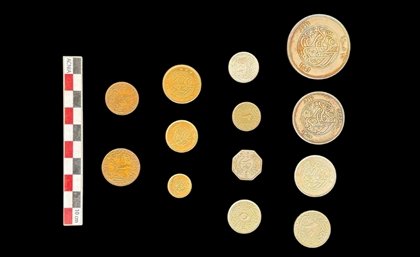Lina Ghotmeh Designs a Desert House Rooted in AlUla’s Landscape
In AlUla, Lina Ghotmeh’s ‘Immersive Living’ project introduces desert dwelling from rammed-earth walls, shaded spaces and climate-led design that blend seamlessly into rock, dune and sky.
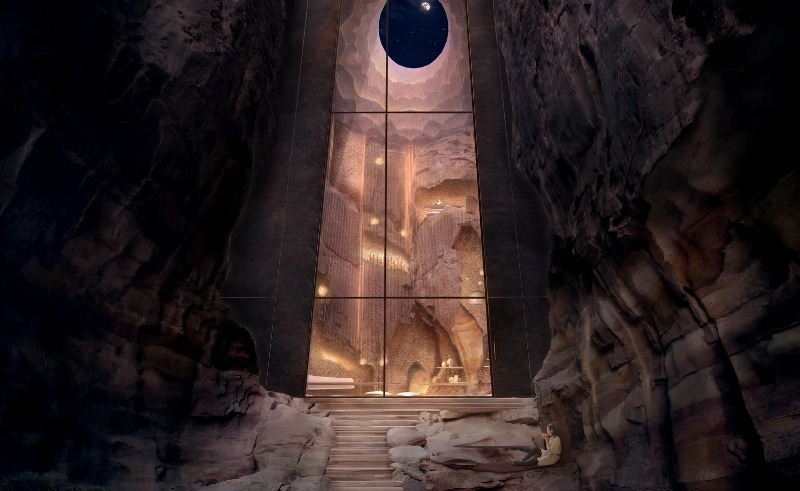
Few places carry time as visibly as AlUla. The Saudi Arabian desert is marked by sandstone outcrops, shifting dunes and geological layers that record thousands of years of erosion and inhabitation. To design here is to enter into dialogue with both landscape and history. Lebanese architect Lina Ghotmeh has embraced this task with a project that treats architecture as a continuation of the terrain itself.-93682de4-7fd2-4f1d-87cb-0c294d9ee318.jpg) The ‘Immersive Living’ project, first revealed in 2022, proposes a dwelling that emerges from the desert. Ghotmeh’s design begins with a careful reading of the site: the orientation of sun and wind, the sharp contrasts between day and night, and the natural shelter offered by rocks and dunes. The project channels these forces into its very form. Thick rammed-earth walls anchor the structure, while openings are carved to frame the vast desert sky and draw in circulating breezes.
The ‘Immersive Living’ project, first revealed in 2022, proposes a dwelling that emerges from the desert. Ghotmeh’s design begins with a careful reading of the site: the orientation of sun and wind, the sharp contrasts between day and night, and the natural shelter offered by rocks and dunes. The project channels these forces into its very form. Thick rammed-earth walls anchor the structure, while openings are carved to frame the vast desert sky and draw in circulating breezes.-70755d01-6ad4-45ec-a034-87f00cdac4ba.jpg) The project’s strategy is what the architects call climatic hospitality. In a desert where temperatures swing from searing heat to cool nights, any shade, rock cavity, or breeze can transform into comfort. Ghotmeh’s team mapped the thermal behaviour of the site across seasons, identifying where shadows fall, when winds accelerate through rock passages, and how dunes retain and release heat. The house is therefore partly embedded within a ridge, using earth as insulation, while openings face westward to catch views and prevailing winds, making the architecture an act of protection as much as it is of openness.
The project’s strategy is what the architects call climatic hospitality. In a desert where temperatures swing from searing heat to cool nights, any shade, rock cavity, or breeze can transform into comfort. Ghotmeh’s team mapped the thermal behaviour of the site across seasons, identifying where shadows fall, when winds accelerate through rock passages, and how dunes retain and release heat. The house is therefore partly embedded within a ridge, using earth as insulation, while openings face westward to catch views and prevailing winds, making the architecture an act of protection as much as it is of openness.-78720a3f-c096-484c-b9d6-5e14c5b7c5b9.jpg) Inside, the dwelling unfolds as a sequence of curved spaces that move gradually from communal to intimate. A majlis and library anchor the more public areas, while niches carved into thick walls provide pockets of quiet retreat. The geometry is not rigid but softened, as though shaped by the same erosive forces that carved the canyon outside. Materials reinforce this continuity: rammed earth, textured finishes and colours that mirror the surrounding stone. Even the porous surfaces reference patterns formed by desert winds, tying the experience of the home back to its environment.
Inside, the dwelling unfolds as a sequence of curved spaces that move gradually from communal to intimate. A majlis and library anchor the more public areas, while niches carved into thick walls provide pockets of quiet retreat. The geometry is not rigid but softened, as though shaped by the same erosive forces that carved the canyon outside. Materials reinforce this continuity: rammed earth, textured finishes and colours that mirror the surrounding stone. Even the porous surfaces reference patterns formed by desert winds, tying the experience of the home back to its environment.-3e07bb94-2951-4f0c-9174-6385748fff70.jpg) What makes the project distinct is its refusal to monumentalise. In a region where architecture often arrives with big gestures, Ghotmeh’s proposal offers subtlety. The dwelling does not compete with the dramatic rock formations around it, but mirrors their scale, treating them as structural and symbolic partners. The design imagines architecture that might erode over time and blend back into the earth, acknowledging imperfection as part of belonging.
What makes the project distinct is its refusal to monumentalise. In a region where architecture often arrives with big gestures, Ghotmeh’s proposal offers subtlety. The dwelling does not compete with the dramatic rock formations around it, but mirrors their scale, treating them as structural and symbolic partners. The design imagines architecture that might erode over time and blend back into the earth, acknowledging imperfection as part of belonging.-0b8cddeb-1508-4404-9d44-28533a9045da.jpg) AlUla itself has become a stage for cultural and architectural experimentation, within this context, Ghotmeh’s work expands the conversation about how architecture can respond to the desert with care beyond spectacle. Her practice spanning projects in Bukhara, Venice, Osaka, and now AlUla, consistently centres on the idea that buildings must ground themselves in craft and context before form.
AlUla itself has become a stage for cultural and architectural experimentation, within this context, Ghotmeh’s work expands the conversation about how architecture can respond to the desert with care beyond spectacle. Her practice spanning projects in Bukhara, Venice, Osaka, and now AlUla, consistently centres on the idea that buildings must ground themselves in craft and context before form.-10bb6dcc-d096-47b3-a5a5-79d809d1138f.jpg) The ‘Immersive Living’ project is still in the design stage, but it is already challenging the way we think about inhabiting extreme climates, as Ghotmeh puts it, “To dwell here is to belong — profoundly, respectfully, attentively.”
The ‘Immersive Living’ project is still in the design stage, but it is already challenging the way we think about inhabiting extreme climates, as Ghotmeh puts it, “To dwell here is to belong — profoundly, respectfully, attentively.”







